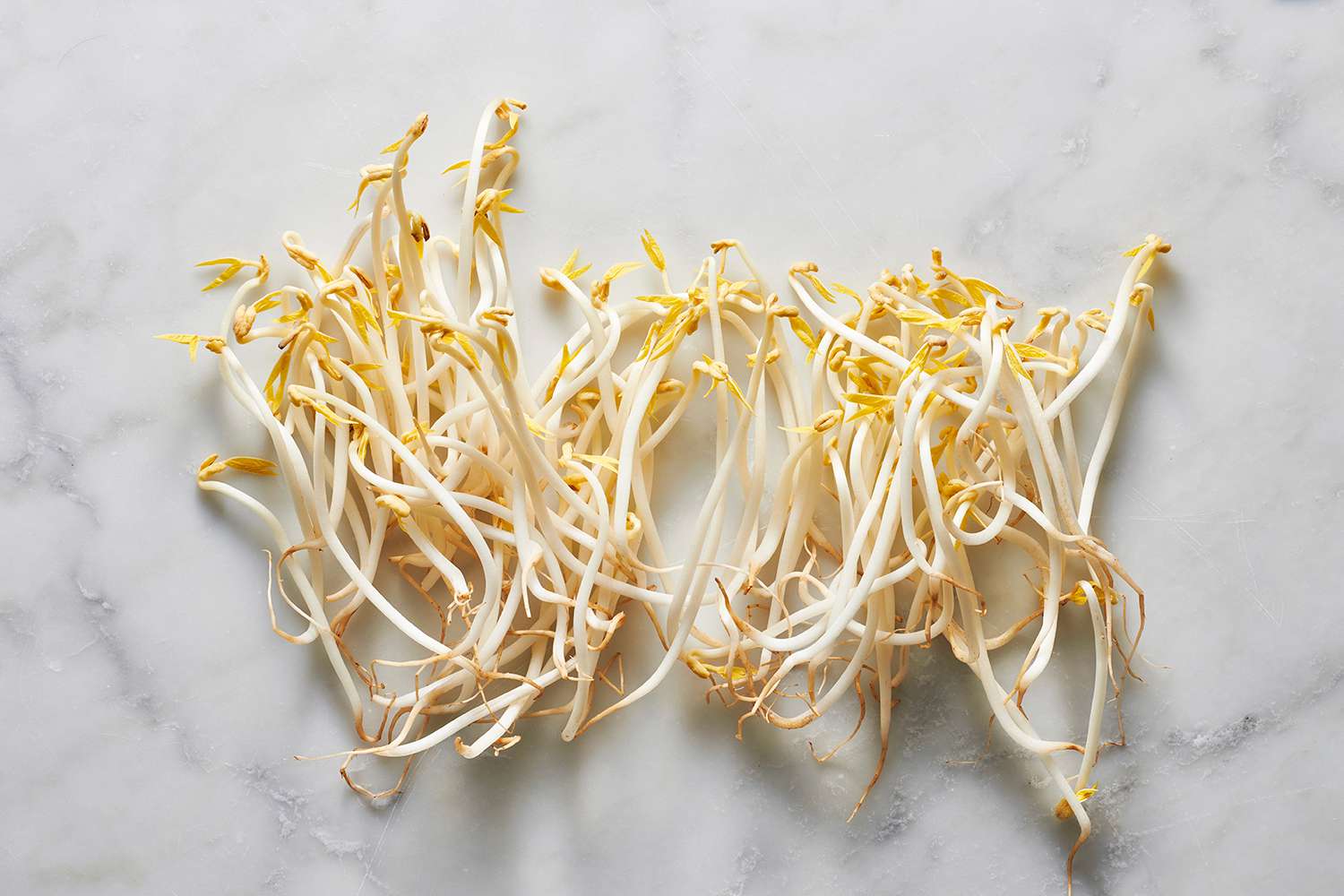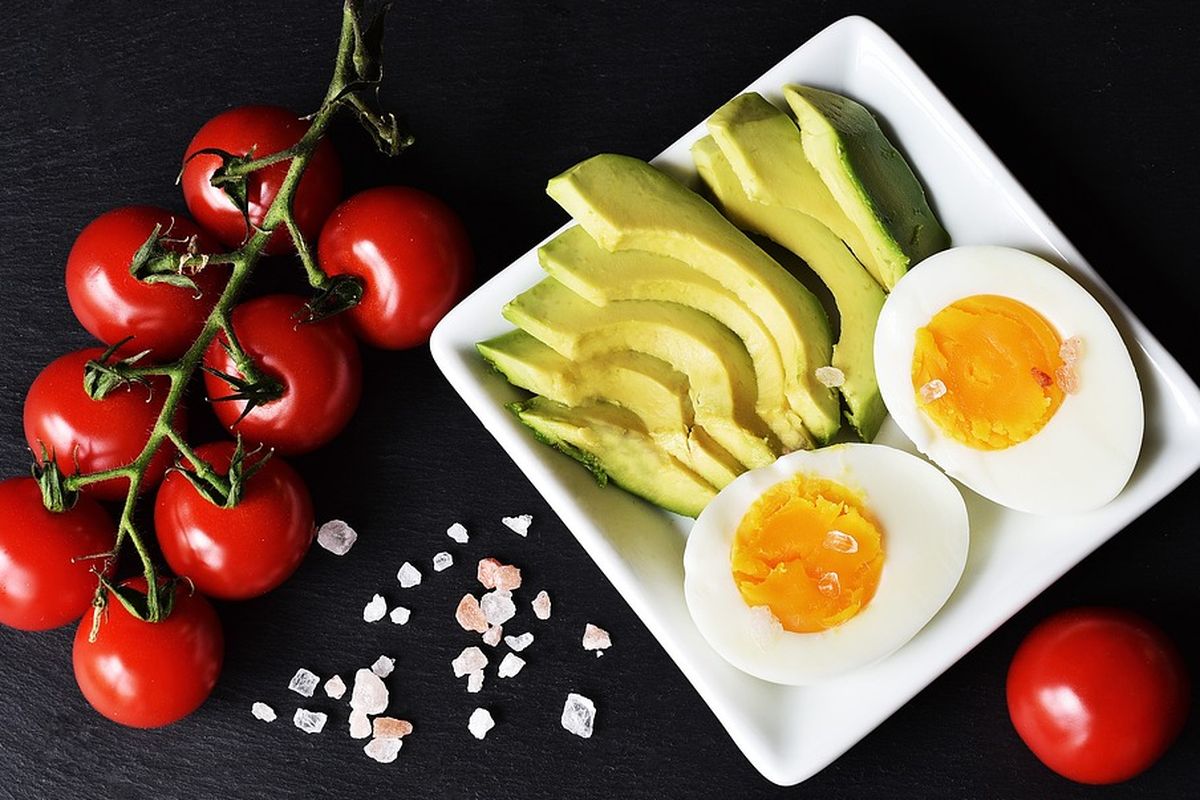Bean sprouts, the young shoots that grow from mung beans and other leguminous seeds, are a staple in many cuisines worldwide. Known for their crisp texture and mild flavor, bean sprouts are not only a versatile ingredient but also a powerhouse of nutrients. This article delves into the nutritional profile, health benefits, culinary uses, and ways to incorporate bean sprout into your diet.
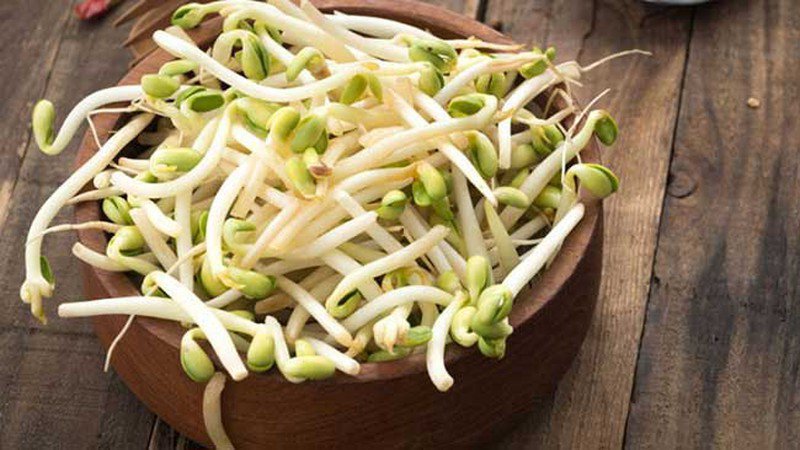
The Nutritional Profile of Bean Sprouts
Bean sprouts are incredibly nutrient-dense, offering a wide range of vitamins, minerals, and other beneficial compounds with very few calories. Here is an overview of the key nutrients found in bean sprouts:
- Vitamins: Bean sprout are an excellent source of vitamins, particularly vitamin C, vitamin K, and several B vitamins, including folate (B9).
- Minerals: They provide essential minerals such as iron, calcium, magnesium, phosphorus, and potassium.
- Protein: Bean sprouts contain a significant amount of plant-based protein, making them a valuable addition to vegetarian and vegan diets.
- Fiber: High in dietary fiber, bean sprout support digestive health and help maintain healthy cholesterol levels.
- Antioxidants: Rich in antioxidants like flavonoids and phenolic compounds, bean sprouts help combat oxidative stress and inflammation.
- Low in Calories: With very few calories, bean sprout are an excellent choice for weight management and low-calorie diets.
Health Benefits of Bean Sprouts
1. Supports Digestive Health
The high fiber content in bean sprouts promotes healthy digestion by adding bulk to the stool and facilitating regular bowel movements. Fiber also acts as a prebiotic, feeding beneficial gut bacteria and enhancing overall gut health.
2. Boosts Immunity
Bean sprouts are rich in vitamin C, a powerful antioxidant that strengthens the immune system. Vitamin C enhances the production and function of white blood cells, which are crucial for defending the body against infections.
3. Promotes Heart Health
The fiber, antioxidants, and potassium in bean sprout contribute to cardiovascular health. Fiber helps lower cholesterol levels, while potassium aids in regulating blood pressure. Additionally, the antioxidants in bean sprouts reduce oxidative stress and inflammation, protecting the heart and blood vessels.
4. Aids in Weight Management
Low in calories and high in fiber, bean sprouts help you feel full for longer, reducing overall calorie intake. Their high water content also contributes to satiety, making them an excellent addition to weight-loss diets.
5. Supports Bone Health
Bean sprouts are a good source of vitamin K and calcium, both of which are essential for maintaining strong bones. Vitamin K plays a critical role in bone metabolism and helps prevent bone density loss.
6. Enhances Skin Health
The antioxidants and vitamins in bean sprout, particularly vitamin C, promote healthy skin by protecting against damage from free radicals and supporting collagen production. This helps maintain skin elasticity and reduce the appearance of wrinkles.
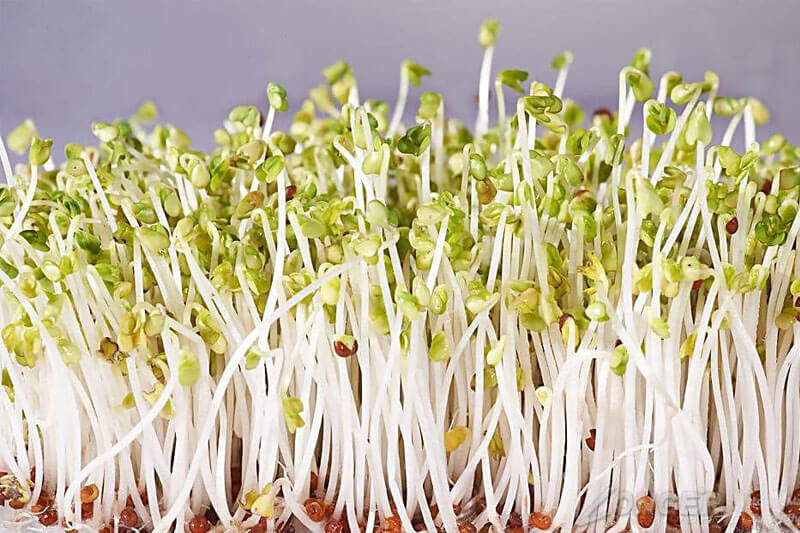
7. Provides Energy
The B vitamins in bean sprout, including folate, are essential for energy production and overall metabolic function. They help convert food into energy and support the health of the nervous system.
Culinary Uses of Bean Sprouts
Bean sprouts are a versatile ingredient that can be used in a variety of dishes. Here are some popular culinary applications:
1. Salads
Bean sprouts add a refreshing crunch to salads. They pair well with a variety of vegetables, proteins, and dressings, making them a versatile addition to any salad recipe.
2. Stir-Fries
A common ingredient in Asian cuisine, bean sprouts are often used in stir-fries. They cook quickly and add a delightful texture to dishes like pad Thai, chow mein, and various vegetable stir-fries.
3. Soups
Bean sprouts can be added to soups and broths for extra texture and nutrition. They are often used in Vietnamese pho and other Asian noodle soups.
4. Sandwiches and Wraps
Adding bean sprout to sandwiches and wraps provides a nutritious crunch. They pair well with a variety of fillings, including grilled chicken, tofu, and avocado.
5. Spring Rolls
Bean sprouts are a traditional ingredient in both fresh and fried spring rolls. They add a crisp texture and fresh flavor to these popular appetizers.
6. Smoothies and Juices
While less common, bean sprout can be added to smoothies and juices for an extra nutrient boost. Their mild flavor makes them easy to incorporate without overpowering other ingredients.
How to Incorporate Bean Sprouts into Your Diet
Incorporating bean sprouts into your diet is easy and can udintogel enhance the nutritional value of your meals. Here are some tips for using bean sprout in your daily diet:
1. Add to Breakfast
Incorporate bean sprouts into your morning routine by adding them to omelets, scrambled eggs, or avocado toast. Their fresh crunch pairs well with many breakfast foods.
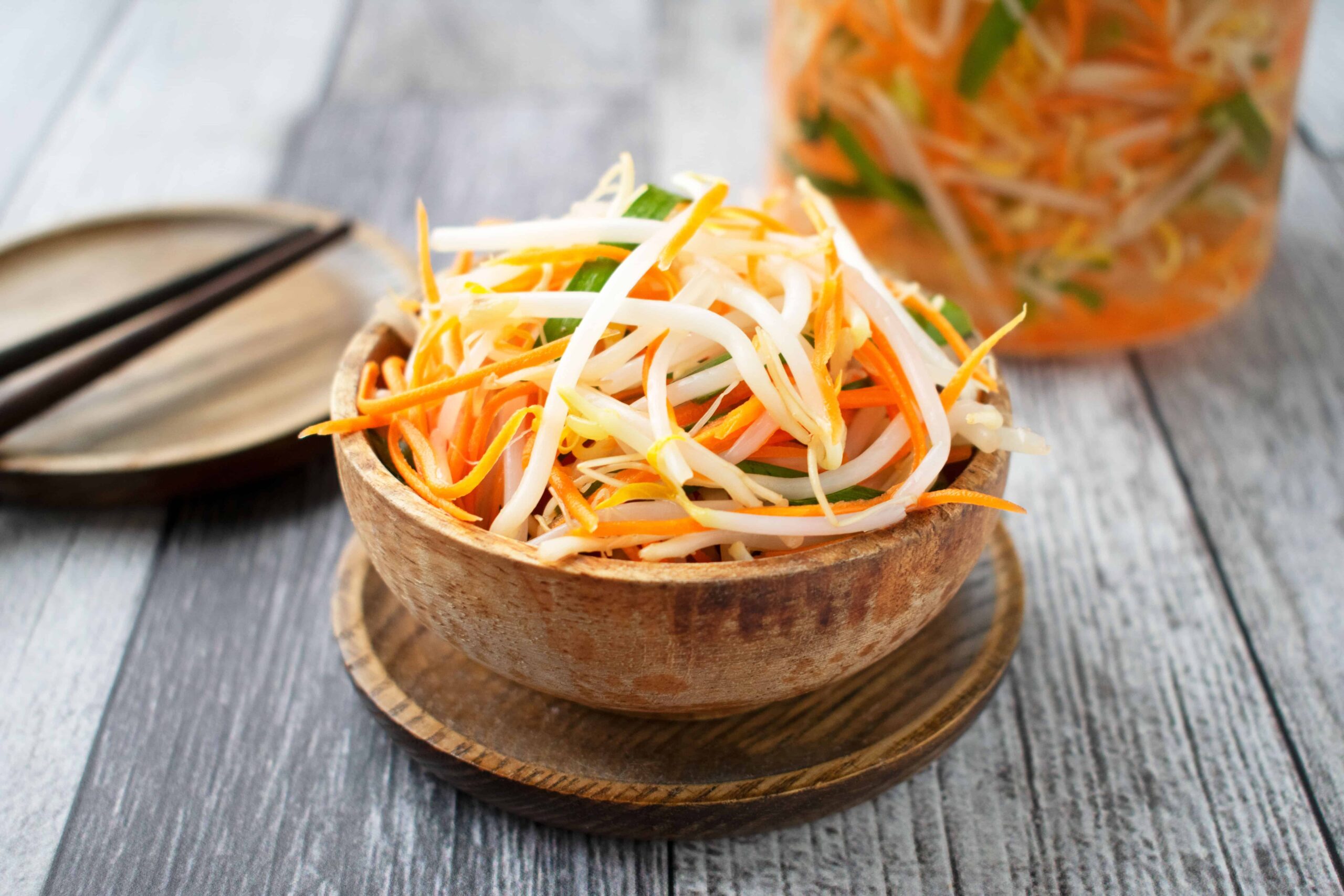
2. Top Your Salads
Add a handful of bean sprout to your salads for extra texture and nutrition. They work well with a variety of greens, vegetables, and dressings.
3. Enhance Your Sandwiches
Include bean sprouts in your sandwiches or wraps for a crunchy and nutritious addition. They complement a wide range of sandwich fillings and add a refreshing element.
4. Boost Your Stir-Fries
Stir in bean sprout during the last few minutes of cooking your stir-fries. They cook quickly and retain their crisp texture, adding a fresh dimension to your dish.
5. Include in Soups
Add bean sprouts to your soups and broths just before serving. This ensures they remain crunchy and retain their nutritional value.
6. Snack on Them
Bean sprouts can be enjoyed as a healthy snack. Dip them in hummus or your favorite dip for a nutritious and satisfying treat.
Growing Your Own Bean Sprouts
Growing bean sprouts at home is a simple and cost-effective way to enjoy fresh sprouts regularly. Here’s a basic guide to sprouting mung beans:
- Rinse and Soak: Rinse 1/2 cup of mung beans thoroughly and soak them in water overnight.
- Drain and Rinse: Drain the soaked beans and rinse them with fresh water.
- Sprout: Place the beans in a jar or sprouting tray. Cover with a cloth and store in a dark, cool place.
- Rinse Daily: Rinse the beans with water twice a day, draining thoroughly each time.
- Harvest: In 3-5 days, the beans will sprout. Once the sprouts reach your desired length, give them a final rinse and store them in the refrigerator.
Safety Considerations
While bean sprouts are highly nutritious, they can sometimes harbor harmful bacteria if not handled properly. To minimize the risk of foodborne illness, follow these safety tips:
- Buy Fresh: Purchase fresh, crisp bean sprout from a reputable source.
- Store Properly: Store bean sprout in the refrigerator and use them within a few days.
- Cook Thoroughly: Cooking bean sprout can help kill any harmful bacteria. If you’re consuming them raw, ensure they are fresh and clean.
- Wash Hands: Always wash your hands before and after handling raw sprouts.
Conclusion
Bean sprouts are a highly nutritious and versatile ingredient that can enhance a wide range of dishes. Their rich nutrient profile, coupled with numerous health benefits, makes them a valuable addition to any diet. Whether you’re adding them to salads, stir-fries, soups, or enjoying them as a snack, bean sprout offer a delicious way to boost your overall health and well-being.
Read More Article About “Health Screenings: Essential Early Detection and Prevention“

